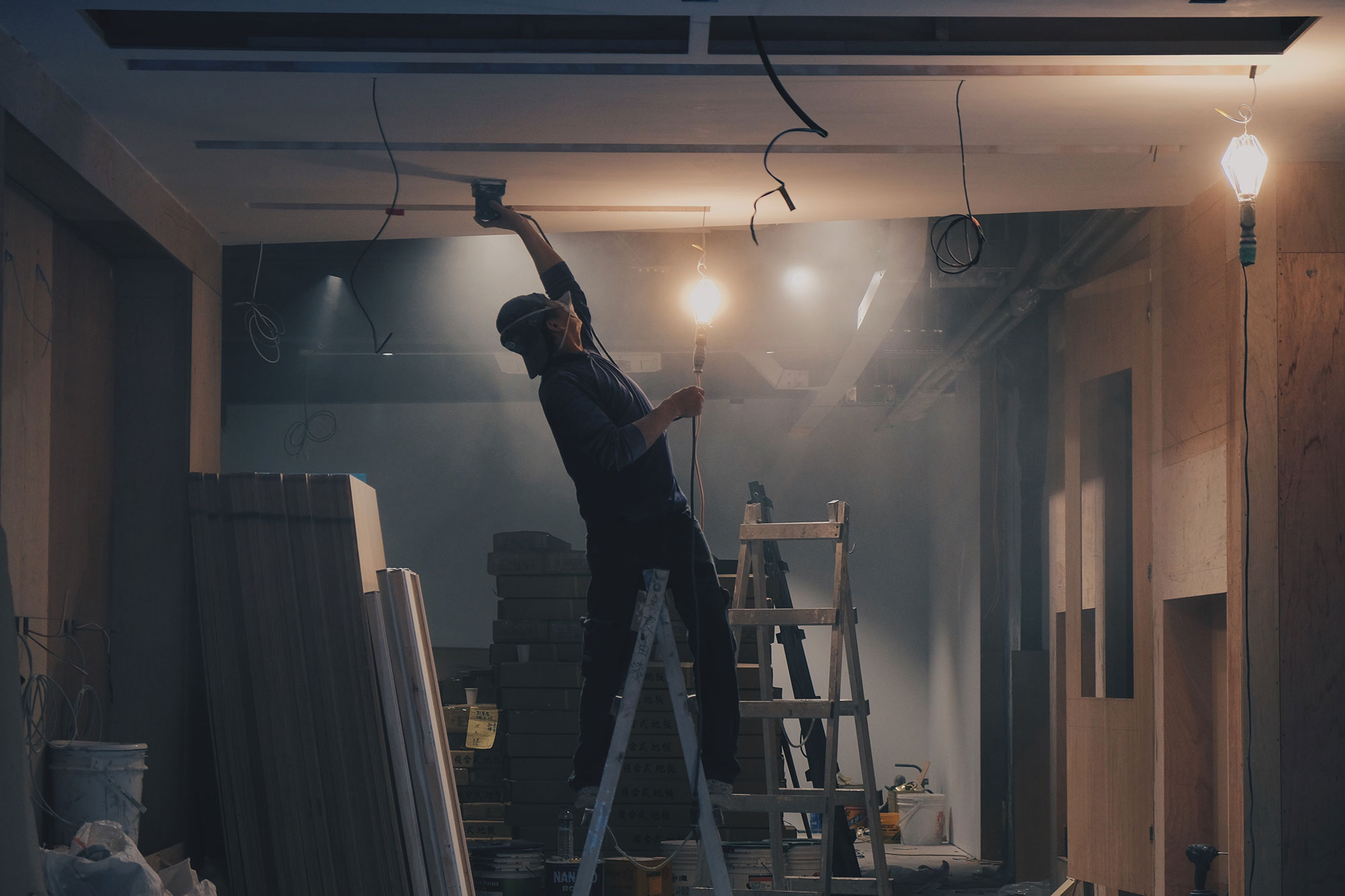Are you a home builder? Have recent speculations about the property market bubble got you worried?
Across the global markets are fluctuating—some experiencing their worst drops since February this year. Even economists closer to home speculate 2019 will see a major fall in the Australian financial and housing sectors.
Already the Australian Government is applying the brakes by introducing new legislation to slow the housing market further. Banks are tightening their underwriting norms. Purchasers and investors are finding it harder to borrow.
Home builders will have no choice but to change their business models—and fast—if they are to stay on top of the housing game and remain profitable.
‘Cut costs and trim the fat’ is the default go-to for many home builders when faced with a market slow down. But thanks to technology, virtual reality (VR) presents a new way to stay on top financially.
Builders with their hammer on the technology nail, are using VR to offer buyers fully immersive walk-throughs of new home floor plans. So real is the experience, many clients sign-up without setting foot in the bricks and mortar display home.
Let me repeat that. Clients are buying off the plan after a VR walk-through without ever setting foot in the bricks and mortar display home. This has the potential to reduce a home builder’s display home capital investment by hundreds of thousands of dollars. But it doesn’t stop there. What happens when this technology drives the prestart process?
Imagine if clients could point at a wall and change the color palette, mix and match fittings and fixtures from the showroom range, or experiment with various floor coverings, kitchen counters, and light fittings—all with the click of a button?
Let’s step this out further.
What if prestart clients could turn lights on and off during the virtual walk-through? Or place furniture, including beds, sofas, dining room tables and office desks to work out where to position power points in their future home. And what if—at the end of the prestart session—all amendments, fixtures, and fittings are recorded?
“If only,” I hear you say. As left field as it sounds, this technology is available now.
My company, 3D Walkabout, specializes in creating fully immersive virtual reality (VR) walk-throughs and prestart experiences. Our proven VR solutions empower builders to offer more yet dramatically cut costs. How?
Faster and more efficient consultations
The problem with a conventional prestart is the disconnect between client choosing fittings and fixtures in the showroom and their ability to visualize how each will look in the finished build.
The VR prestart solves this problem by allowing the client to walk-through their chosen floor plan in intricate 3D detail. Full immersion in their future home’s virtual space means the client instantly gets a feel for what they want, and don’t want. In real time, the client sees how their chosen fixtures and fittings add or detract from the original interior design.
Clients exit the prestart process confident their choices will express their individual style yet reflect a timeless interior their family and friends will love for a lifetime.
Prestart consultants spend less time back and forth with the client altering prestart specifications, saving time and money.
Higher sales conversions across a wider range
Research shows full immersion within a VR space replicates the same physical and emotional responses in the human brain as do real-world experiences. Therefore, clients in the VR space turn into buyers without hesitation. The scope VR offers for extending the showroom range and up-selling to include popular brand furniture, white goods and more is enormous.
Improved communication
In the VR environment, builders, contractors, subcontractors, and even interior designers can evaluate variations and quickly identify structural or budgetary problems long before breaking dirt.VR functionality is so powerful each trade can walk-through the virtual home and mark potential issues and embed notes like ‘please check the height of half wall’ or ‘Can we move the fire place 1.5 meters to the left?’ or ‘Wall paper choice is a discontinued line.’ When all parties can collaborate within the one virtual home space, misunderstandings, errors and unwelcome surprises are less likely to occur.
Fewer change orders
The VR prestart process enables clients to see the finished build and identify changes long before a shovel hits the dirt. This results in fewer change orders during the physical real-world build and fewer unplanned cost increases for the client.
Low overheads compared to non-digital competitors
Enterprising Western Australian builders like Dale Alcock and Ventura Homes already see the writing on the housing market wall. Incorporating cost-saving fully immersive VR home-buying and prestart experiences into their business model today is a smart money-saving move for tomorrow.
I believe home builders selling in the VR digital space will stay on top of the game and future-proof their profits irrespective of housing trends beyond 2019.
Make an Enquiry
3D Walkabout is one of Australia’s leading VR/AR/3D property marketing agencies specialising in creating awe-inspiring cutting edge experiences for the real estate industry. Get in touch with your ideas and we’ll help make them (VR) reality.


